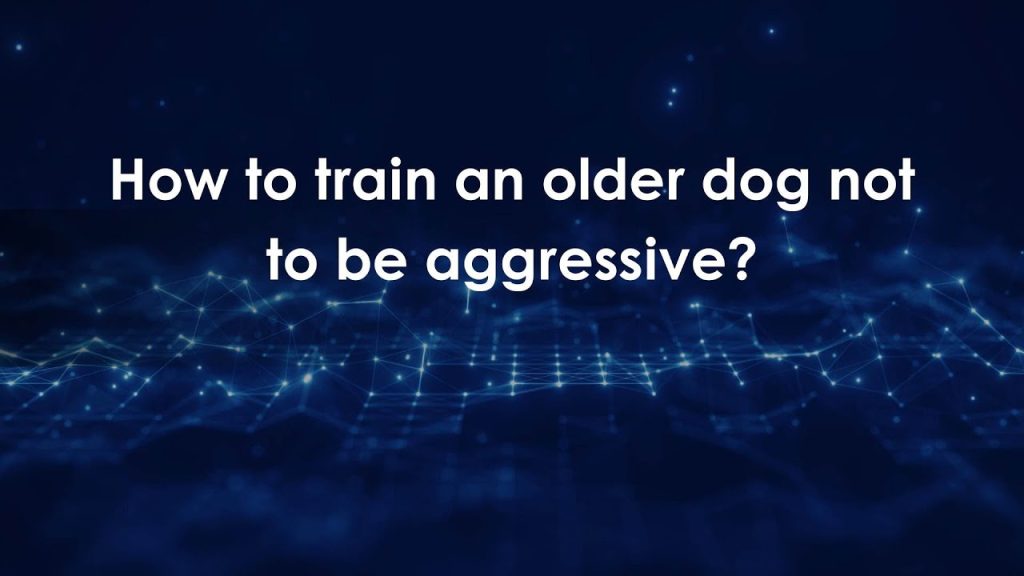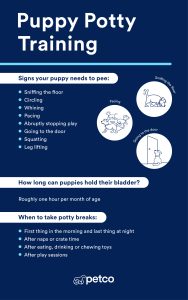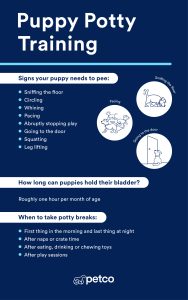Is your older dog showing signs of aggression? It can be frustrating and even scary when a pet you love starts acting this way.
But here’s the good news: it’s never too late to help your dog become calmer and more relaxed. You have the power to change your dog’s behavior, and with the right steps, you can build trust and peace between you.
Keep reading to discover simple, effective ways to train your older dog not to be aggressive—and bring back the happy moments you both deserve.
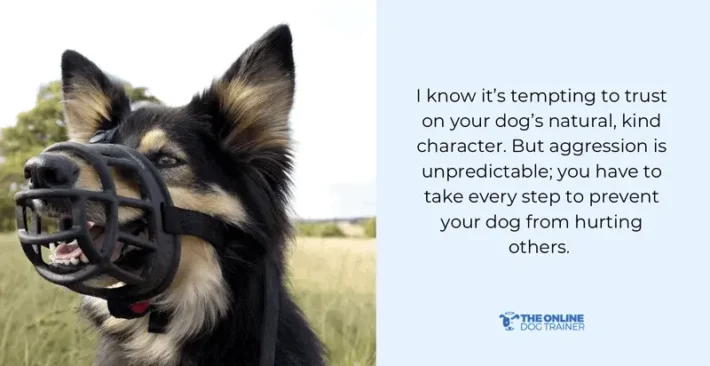
Credit: theonlinedogtrainer.com
Recognizing Aggression Signs
Older dogs can show aggression for many reasons. Knowing the signs helps you keep them safe.
Aggression shows in body language and behavior. Watch closely to spot these signs early.
Common Aggressive Behaviors
Aggressive dogs may growl, snap, or bite. These behaviors warn others to stay away.
Other signs include staring, lunging, or raised fur. These show your dog feels threatened.
- Growling or snarling
- Snapping or biting
- Staring with fixed eyes
- Lunging forward
- Raised hackles (fur on back)
- Showing teeth or lips curled
Triggers For Aggression In Older Dogs
Older dogs may become aggressive due to pain or fear. Changes in health often cause this.
New environments or strangers can also trigger aggressive reactions. Stress makes dogs uneasy.
- Physical pain or illness
- Fear of strangers or new people
- Protecting food or toys
- Sudden loud noises
- Changes in routine or home
- Other animals nearby
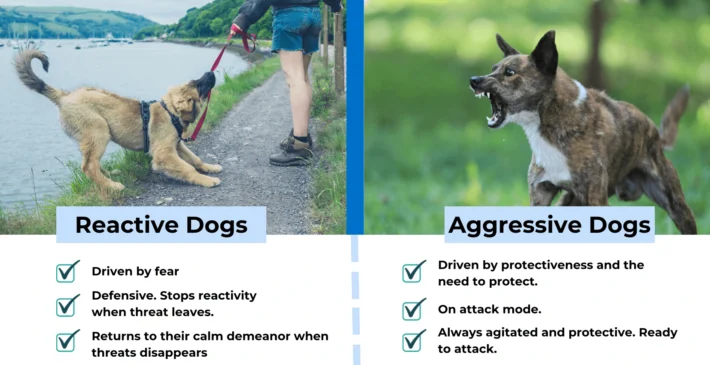
Credit: theonlinedogtrainer.com
Preparing For Training
Training an older dog to reduce aggression takes patience and care. Preparing well helps make the process smoother.
Before starting, set up the right environment and gather all tools needed for training sessions.
Creating A Calm Environment
A calm space lowers stress for your dog during training. Choose a quiet room with few distractions.
Keep the area clean and free from loud noises or sudden movements. This helps your dog feel safe and focused.
- Use soft lighting to create a peaceful atmosphere
- Remove toys or objects that might excite your dog
- Keep other pets or people away during training
- Play soft, calming music if your dog likes it
Gathering Necessary Tools
Having the right tools helps you train your dog safely and effectively. Prepare everything before you begin.
Use items that support gentle training and reward good behavior. Avoid anything that can cause fear or harm.
- Soft leash and harness for control without pulling
- High-value treats to reward calm and good actions
- Clicker or marker to signal correct behavior
- Quiet toys for distraction and positive focus
- Notebook to track progress and behaviors
Building Trust And Bond
Training an older dog not to be aggressive starts with building trust. Older dogs need to feel safe and loved.
Creating a strong bond helps your dog stay calm and listen to you better.
Positive Reinforcement Techniques
Use rewards to encourage good behavior in your older dog. Praise, treats, and petting work well.
Give rewards right after your dog shows calm or friendly actions. This helps them know what you want.
- Offer treats when your dog stays calm around others
- Use a gentle voice to praise good behavior
- Pet your dog softly to show you are happy
- Avoid punishment, which can increase fear and aggression
Consistent Daily Interaction
Spend time with your dog every day. Regular interaction builds trust and reduces fear.
Keep routines simple and predictable. Your dog will feel more secure and less likely to act aggressively.
- Set fixed times for walks and meals
- Play gentle games your dog enjoys
- Talk softly to your dog often
- Be patient and calm during training
Behavior Modification Strategies
Training an older dog to reduce aggression takes patience and clear methods. Behavior modification helps change how your dog reacts to triggers.
These strategies focus on changing your dog's emotional response and behavior to create calmer reactions over time.
Desensitization Methods
Desensitization means slowly exposing your dog to things that cause aggression. Start with very low levels of the trigger.
Gradually increase exposure without causing a strong reaction. This helps your dog get used to the trigger and feel less threatened.
- Begin with distant or quiet exposure to the trigger
- Keep sessions short and calm
- Increase intensity only if your dog stays relaxed
- Use treats and praise to reward calm behavior
Counter-conditioning Approaches
Counter-conditioning changes your dog’s feelings about a trigger from negative to positive. Pair the trigger with something your dog likes.
Over time, your dog learns to expect good things when the trigger appears, which lowers aggression.
- Give treats or toys when the trigger is near
- Speak in a calm and happy voice
- Stop if your dog shows stress or fear
- Repeat often to build positive association
Managing Aggressive Episodes
Older dogs can show aggression for many reasons. Managing these moments is key to keeping everyone safe.
Understanding how to act during aggressive episodes helps calm your dog and prevent harm.
Safe Handling Tips
Stay calm and avoid sudden moves if your dog acts aggressive. Loud noises or fast actions can make it worse.
Use a leash or harness to keep control. Avoid putting your hands near the dog’s mouth.
- Speak softly and firmly to soothe your dog
- Give your dog space to calm down
- Do not punish or yell at your dog
- Use treats or toys to distract and redirect
- Remove triggers when possible to avoid episodes
When To Seek Professional Help
If aggression gets worse or happens often, ask a dog trainer or vet for help. This is important for safety.
Professionals can find the cause of aggression and teach you how to manage it correctly.
- Frequent biting or lunging
- Aggression toward family members or strangers
- Signs of pain or illness linked to aggression
- Difficulty controlling the dog during episodes
- Stress or fear triggers that cause aggressive behavior
Maintaining Long-term Progress
Training an older dog not to be aggressive takes time and patience. Keeping the progress for a long time is important for safety and happiness.
Consistent care and attention help your dog stay calm and friendly. You must keep working on the training even after good results.
Regular Training Sessions
Hold short and regular training sessions with your dog. This keeps your dog used to good behavior and reduces aggression.
Try to practice commands and calm behavior every day. Use gentle rewards to encourage your dog.
- Keep sessions 5 to 10 minutes long
- Train at the same time daily
- Use calm and clear commands
- Reward good behavior with treats or praise
- Avoid harsh punishments
Monitoring Changes In Behavior
Watch your dog’s behavior closely every day. Notice any signs of stress, fear, or aggression.
Early signs help you fix problems before they get worse. Keep a journal to track changes and share it with your vet or trainer.
- Note when your dog shows aggression
- Check what triggers the behavior
- Record how your dog reacts to training
- Look for changes in mood or appetite
- Update your trainer or vet regularly
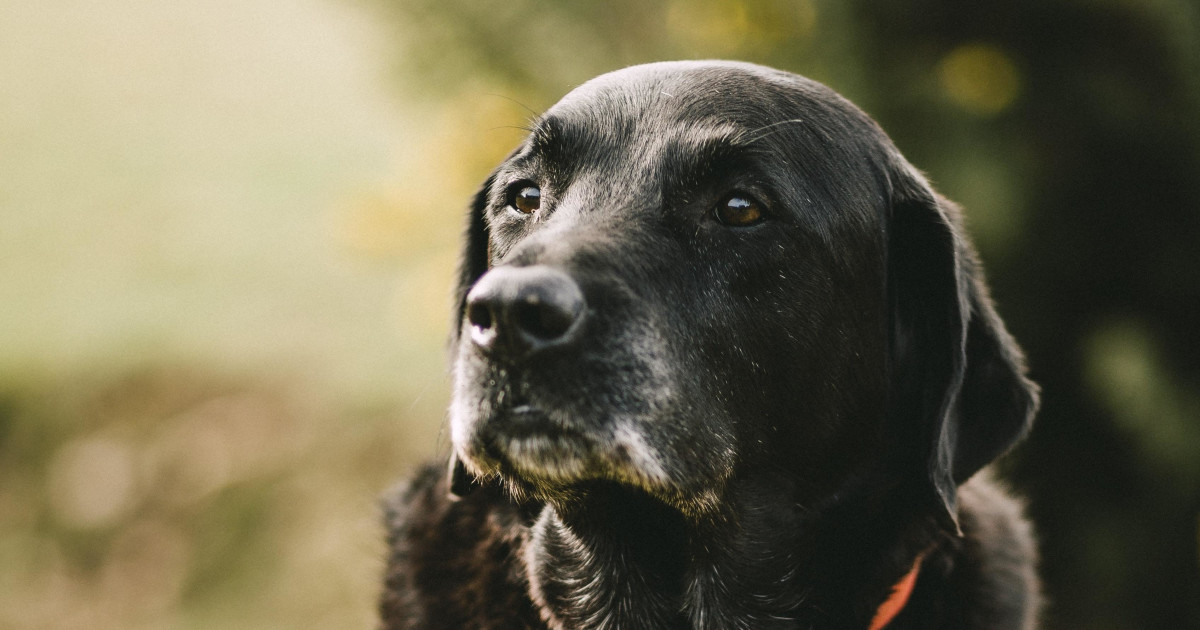
Credit: pethelpful.com
Frequently Asked Questions
How Can I Stop My Older Dog’s Aggression Quickly?
Start by identifying triggers causing aggression. Use positive reinforcement to reward calm behavior. Avoid punishment as it may worsen aggression. Consistency and patience are key in training older dogs. Consult a professional trainer if aggression persists or worsens.
What Are The Best Training Methods For Older Aggressive Dogs?
Use gentle, reward-based training techniques. Focus on socialization and gradual exposure to triggers. Avoid harsh corrections or intimidation. Consistent routine and clear commands help reduce aggression. Professional guidance ensures safety and effective behavior modification.
Can Medical Issues Cause Aggression In Older Dogs?
Yes, pain or illness often triggers aggression in older dogs. Common causes include arthritis, dental problems, or neurological issues. Consult a veterinarian to rule out health problems before training. Treating medical issues often reduces aggressive behavior significantly.
How Long Does It Take To Train An Older Aggressive Dog?
Training duration varies based on aggression severity and dog’s history. Mild cases may improve within weeks, severe cases take months. Consistent, patient training speeds progress. Professional help can shorten training time and improve results.
Conclusion
Training an older dog to be calm takes patience and consistency. Stay gentle and kind throughout the process. Always reward good behavior with treats or praise. Avoid situations that trigger aggression until they’re ready. Consult a professional if necessary for extra support.
Remember, each dog learns at its own pace. Celebrate small victories along the way. Your dedication helps build trust and understanding. A peaceful home benefits both you and your dog. Keep practicing these techniques. Soon, you’ll see positive changes. Enjoy the journey with your furry friend.

Emily Barker is the founder of ChillDogLife.com, a space dedicated to helping pup parents discover the best dog products, lifestyle tips, and cozy ideas for happier homes.
A lifelong dog lover, Emily combines her passion for pets with a knack for research to share trusted recommendations on everything from toys and furniture to health and everyday care.
Her goal is simple: to make life easier, stylish, and more joyful for dogs and the people who love them.
